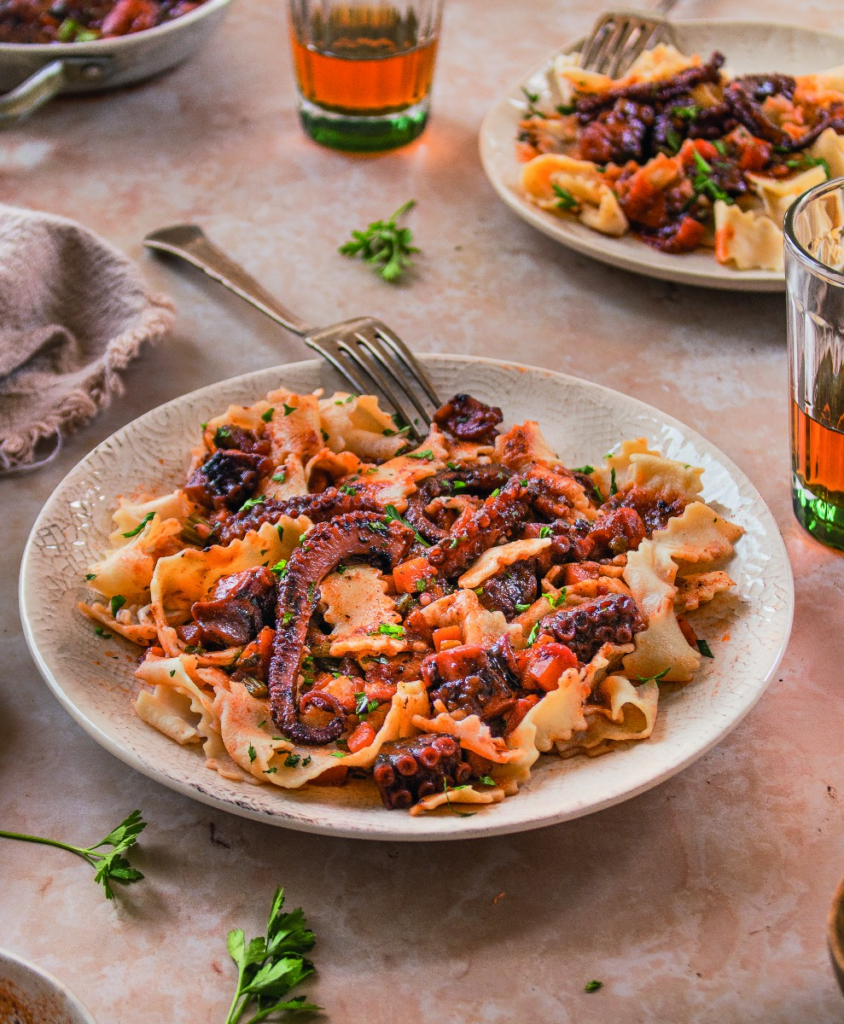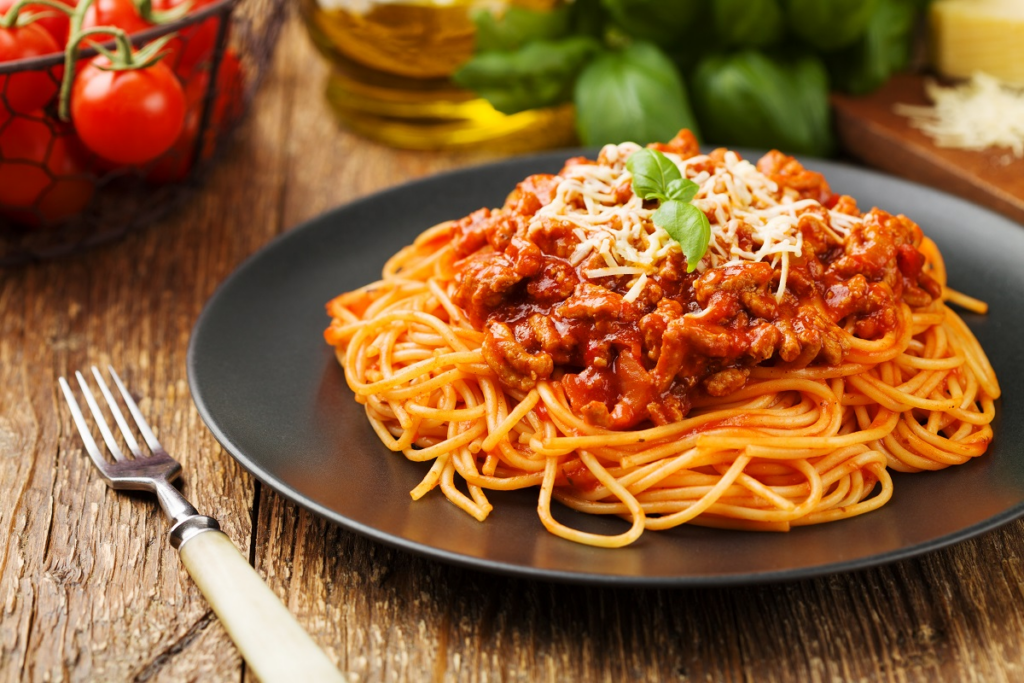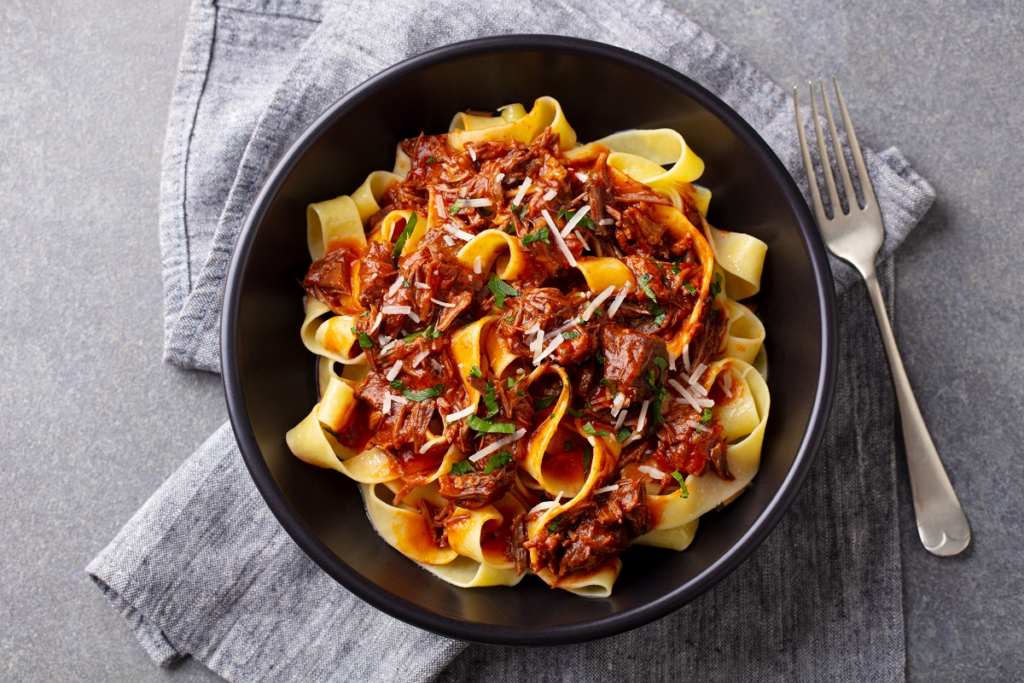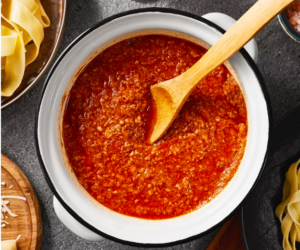Ragù (Not Ragoût)
When Italians talk about ragù, they mean a sauce with chunks of meat and vegetables, different from the French ragoût, which refers to stewed dishes cooked slowly in a pot. Ragù is popular worldwide, with many ways to prepare it, but it is much more than just a tomato sauce with meat. Spices and other ingredients play a crucial role in crafting a flavorful sauce with various meats. Nearly every region in Italy has its unique ragù variation, with restaurants experimenting to create signature recipes. Traditionally, red wine is used to elevate the sauce’s umami flavor.

Key Preparation Steps for Classic Ragù:
The typical ragù recipe calls for sautéing all vegetables together, then setting them aside to brown the meat separately. The vegetables are then re-added with the other ingredients, creating a more complex flavor profile. Many traditional recipes include 1–3 types of meat, ranging from beef and pork to chicken or seafood like octopus. Ingredients usually include tomatoes, rosemary, basil, oregano, onions, garlic, and additional herbs. Common vegetables are onions, celery, and carrots, with peppers and eggplants used less frequently.

Bolognese: A Type of Ragù
Bolognese is one of the most widely recognized forms of ragù. In Bologna, it’s traditionally made with small chunks of meat that break down into fibers from slow cooking. This ragù alla bolognese is a local variation of Bologna. The sauce is made with white wine, bringing out a sweetness in the dish that makes it lighter than the usual ragù. Bolognese is typically served with broad noodles, like tagliatelle and pappardelle, and topped with grated Parmesan Reggiano.

Essential Ingredients for Bolognese:
A traditional Bolognese sauce calls for white wine, ground beef, milk or cream, chicken broth, butter, onion, and carrots. Everything, from the vegetables to the meat, is finely chopped, ensuring the meat stands out. When mixing multiple types of meat, ensure they blend well. The key to a perfect Bolognese is the slow simmering process, which thickens the sauce to the ideal consistency.
Main Takeaways:
- Bolognese is a type of ragù.
- Bolognese uses white wine and tomato paste; ragù often has red wine and whole chopped tomatoes.
- Ragù is served with various pasta types, while Bolognese pairs best with broader noodles.
Ask me anything
Explore related questions





